TL;DR: I have a FET-based BLDC motor driver design, and I need to decide whether to add discrete Shottky diodes in parallel with each FET for reliable and long-lived operation in an automotive-like application. Yes? No? What do I need to consider?
Longer version:
I'm going through the details of a 3-phase BLDC (brushless DC) motor driver, and I'm debating whether to include discrete flyback diodes. The circuit looks like this one:

A few other parameters:
- It's a 48V, 40A continuous (60A intermittent) driver.
- Reliability and toughness are a factor. This will see service as a traction motor driver in an automotive-like environment, for a small vehicle.
- The system will see operation in all 4 quadrants.
Since the FETs already have body diodes, there are technically flyback diodes in place already, which means that even if the active components fail, there will still be a path for currents to flow. The question is whether these are enough to handle all of the scenarios that come up during normal (read: abusive) operation in the field.
I've considered adding a discrete Shottky diode in parallel with the FET body diode. In principle, since it has a lower forward voltage curve as well as a faster response time, any flyback currents should shunt through the Shottky instead of the FETs. If the current ever comes along, this is a good thing. But the question is, will there ever be a scenario where the body diodes aren't big enough to handle the heat?
Does anyone have any experience as to whether adding discrete Shottkys in a FET-based motor driver bridge provides any benefit? If so, what do they protect against?